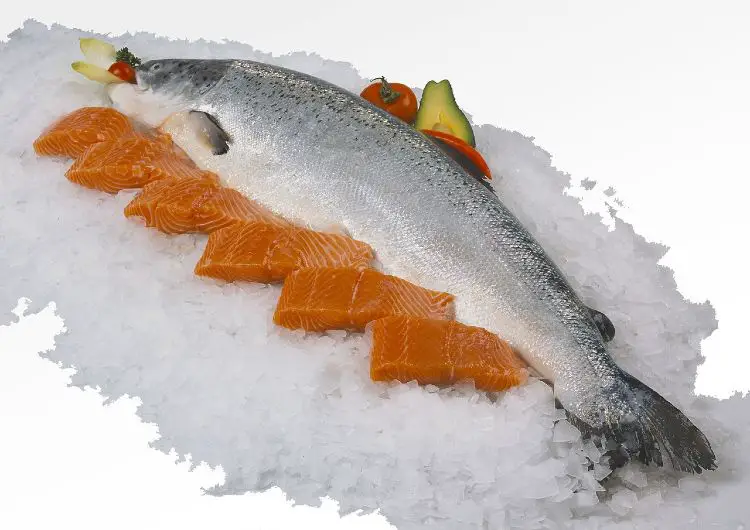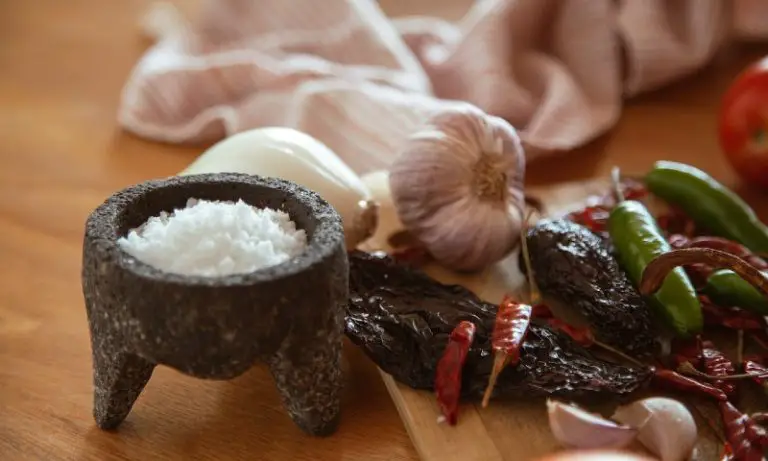From York Cemetery to My Demijohn
For Christmas 1998 I gave my wife a pasta maker. In return she gave me a wine making kit and a demijohn. The pasta maker is taken out for an occasional play but mostly sits at the top of our cupboard collecting dust. Conversely, the demijohn is in continuous use. If my wife had known what she was about to start, she may have bought me slippers instead. From the moderate beginnings of six bottles of insipid red wine made from a kit, I now make about 180 bottles a year and – predictably – am self-sufficient in wine.
Think of someone making wine, and you probably either imagine a bearded academic from the 1970s, or Tom and Barbara Good. Indeed, the 1970s bearded academic describes my father exactly, and I remember picking elderberries with him when I was aged seven years old from trees overhanging York’s medieval walls. In an era when wine was expensive and there was limited choice, it is not surprising that wine making was a popular hobby. Now that supermarket shelves are buckling under a huge array of wine from all over the world, often for less than a fiver, why do I bother continuing where my father left off? There are many answers to that question, and by exploring them, I hope I can tempt you to have a try at making wine.
After my first attempt, which consisted of syrup in a tin and a packet of yeast, I immediately moved onto elderberry wine. I had fond memories of being allowed a sip of this from my parents’ glasses on special occasions. From elderberry I ventured into dandelion wine, and before I knew it I had tried making wine from blackberries, rosehips, strawberries and oranges. All, barring the rosehip, were delicious and I was hooked. If one considers taste only, each provided an experience that was otherwise unavailable elsewhere. Commercial wines have labels referring to ‘forest fruit flavours’ with ‘hints of cherry’, which I always find difficult to detect. My blackberry wine is unmistakably blackberry in origin, and my elderflower could not be anything else.
It would be untrue to claim that it is only the flavour that gives me pleasure in making wine. That, of course, is the end result and if I could not make a decent bottle, there would be no point in continuing. However, the entire process is a joy. Well, maybe stripping elderberries from their stalks, or rinsing and sterilising equipment is not all joy, but any worthwhile activity has to involve some hard work. Many of my wines involve a decent country walk foraging for ingredients.
Picking sloes in the late autumn sunshine, chatting to my companions, is idyllic. My blackberries come from the Victorian Cemetery at York, a hidden gem of a place, where church bells and bird song fill the air whilst I fill my basket with fruit. And for some of my wines, I do not have to venture any further than my back garden where I have a crab apple tree, gooseberry and blackcurrant bushes and several rhubarb plants. This is self-sufficiency at its most fun and least worthy.
Being a Yorkshire man, I fit the stereotype when it comes to miserliness and this is another excellent reason to make wine. Even though I can pick up a decent bottle of for around £5, I can make eighteen bottles of wine for about the same amount – depending on the flavour. Often the only ingredients are fruit, which is free if foraged, water, sugar and yeast. My cheapest wine works out at around 35 pence a bottle, and my most expensive is about £1.50. In a time when minimum alcohol pricing is being introduced, I do not know why more people are not turning to making their own, particularly when it is so easy, if a little time consuming, to do. There are many books available, including my own, to tell you how to make wine and that is not the purpose of this article. What I want to do is tempt you into trying it for yourself and experimenting.
I try to keep my interest fresh in experimenting with what I make. Each year there is a set of nine flavours that I will always make: orange, rhubarb, elderflower, strawberry, gooseberry, blackberry, elderberry, crab apple and Christmas Tutti Frutti (which is all the excess fruit that I have picked over the year and frozen, plus a Satsuma). I will also try new flavours, and some of these fall into the category ‘Never To Be Tried Again’, most memorably potato wine. Many are surprisingly good, making several repeat appearances through the years. “Prune and Parsnip” wine tastes like a superior dry sherry, and “Spiced Beetroot” is both a warming drink and an alarmingly purple colour.
There is currently a bottle of celery wine sitting in its demijohn, and last year I made wines from rose petals, quinces and peapods for the first time. I have yet to siphon the quince wine out of its demijohn, but I had a taste of the other two when bottling. Rose petal wine is as exotic and unusual as it sounds; a taste of Turkish Delight with a pink blush. I was expecting peapod wine to be one of my few failures, and only really made it because a friend turned up in August clutching several pounds of peapods in a carrier bag. In fact, it is a light, sweet wine that could have come from the banks of the River Rhine.
Making my own wine has brought me a huge amount of pleasure. I look forward to every new batch, and on first taste will start planning menus. The sharp and semi-sweet blackcurrant wine will go nicely with a fatty duck, the crisp dry elderflower will complement a summer salad. Most of the wines are good on their own, when you just fancy a glass after a hard day at work. Certainly each wine, in its making and its drinking, is a new adventure.
Further reading
Ben Hardy’s website: www.bensadventuresinwinemaking.blogspot.com
Follow Ben on Twitter : @benswinemaking


